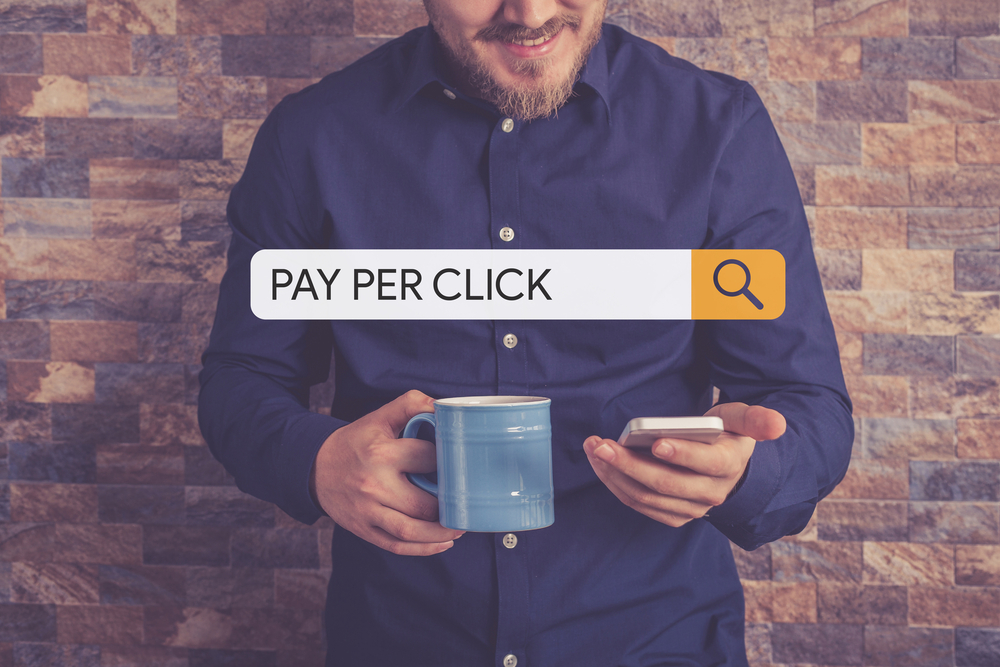PPC, or pay-per-click advertising, is an internet marketing model that allows you to create exposure for your business and reach more customers within a short time. When using PPC, your business is able to drive traffic to a landing page on your website from search engines. PPC can increase your conversion rates because you’re able to target users that are already looking for your product or service.
Despite its many benefits, getting started with PPC can be confusing. This is why we have created a guide to help you understand PPC advertising and how you can use it to grow your business.
What is PPC in digital marketing?
PPC or pay-per-click as the name implies is a digital marketing concept where businesses place ads on search engines like Google or Bing and only pay for them when a visitor clicks on the ad. PPC advertising is a cost-effective marketing model because the advertiser only has to pay when an internet user clicks on the ad. PPC allows you to reach mainly people who are interested in your product or service. With PPC, you can also streamline your audience and target specific demographics. Only people who are interested in what your business sells, and who are actively searching for it are likely to click on your ad causing you to reach the right people and save on your ad spend while you are at it.
Why is PPC important?
While organic search can help your business build awareness, PPC can elevate your efforts by cutting down on the time investment for reaching and converting your audience. PPC drives targeted traffic to your website which results in higher click-through rates. When properly conducted, PPC can lead to increased sales and more revenue for your business. The return on ad spend on a strong PPC campaign is usually high and the more satisfied users are with your ad, the lower your ad would cost. Unlike other digital marketing channels, PPC enables you to make data-driven decisions through a dedicated dashboard that allows you to track the outcomes of your campaigns, measure success and adjust your advertising techniques. However, for PPC to work effectively for your brand, your ads have to be optimized for conversion. A strong PPC campaign involves landing pages and ad groups that are targeted. It can be challenging to get this right but that’s why we’ve compiled these PPC tips for small businesses in 2023.
Benefits of PPC
Small businesses do not have a large marketing budget and competing with bigger brands can be tough from the onset. PPC advertising gives these businesses a chance in a market that is saturated. You can make your PPC campaign as specific as possible and the more you rank for specific search terms, the more your small business gains a market share in your industry.
Here are some benefits of PPC that all small businesses should consider:
- PPC can help you save money
When conducting PPC campaigns, you get to choose your budget. Even better, you don’t get charged until someone clicks on your ad. This allows your ad budget to go even further. As your ad progresses and attracts engagement, Google lowers the cost, causing you to earn a higher profit in the long run. When you choose PPC ads, you spend on ads that your target audience is interacting with and avoid wasting money.
- PPC yields results fast
With PPC ads, you don’t have to wait endlessly for results. Customers can start clicking on your ads almost immediately once they are live. PPC campaigns provide a return on investment faster than other marketing channels and you will quickly begin to see the impact on your business in a short time.
- You can easily track your PPC campaigns
Unlike traditional marketing channels, PPC can be measured easily. You can track whether your ads are yielding returns and see where you need to adjust them for better results. PPC advertising allows you to track conversions of the overall ad and of specific ad groups and keywords. This enables you to update your campaigns and acquire the right leads.
- PPC ads are targeted
As a small business, you do not want to target a generalized audience. PPC advertising allows you to reach potential customers through relevant targeting. You can choose keywords, location, and other demographics that align with your target audience so that only people who are likely to buy from you see your ads. In most cases, these people are already searching for what you offer, causing them to click on your ads.
- PPC advertising allows you to create multiple ad formats
You can try different ad formats to make your campaigns more successful. You can display your products and utilize videos and images. You can even run different ad sets simultaneously to see which one yields better results. PPC allows you to use remarketing techniques to get your potential customers to act, making it a very valuable form of digital marketing.
- PPC hands you control of the process
You decide when your ads run and how much you get to pay for them. You can pause your ads when you want although it’s advisable that you create a strategy that allows your ads to run their course for stronger performance. You can choose the days your ad runs, the time of day, and how much you spend, thereby placing the control in your hands.
PPC campaign for a small business
To create a PPC campaign, you first need to choose your platform based on the types of PPC you want. This would be paid search, paid social, or a remarketing ad. The most common type of PPC campaign is Google Ads.
Let’s see how to create a PPC campaign on Google.
Setting up your Google Ads Manager Account
First, to create the campaign, you need to have a Google Ads Manager account. If you already have one, you will need to link all your ad accounts to it. Here’s how to set up your Google Ads Manager account:
1. Click on ‘Get Started’ on the Google Ads Manager homepage.
2. Answer the questions that follow regarding the number of page views your website gets and whether you have an AdSense account.
3. If your website has more than one million page views per month, fill out the contact form that follows with your business information.
A Google representative will help you complete the setup.
4. For businesses with less than one million page views, sign into your AdSense account or create a new one following the prompts.
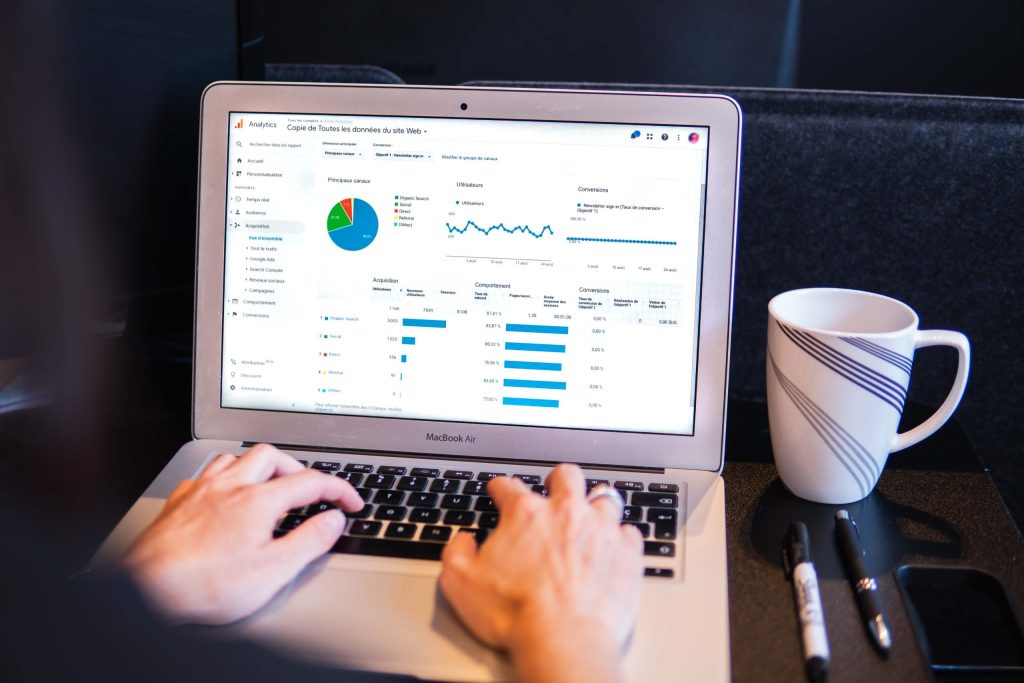
Linking existing Ad accounts
If you have existing ad accounts, follow these steps to link them.
- Click on “link existing account” (it is right next to the create an account tab).
- Enter the client account’s Google Ads ID which is the ten-digit number in the top right corner.
- A link will be sent to the client’s account
- Accept this request from the client’s account
- Select the desired level of permissions
- Once administrative access has been granted, you can manage this account from the ads manager.
Creating your campaign
To create your campaign, you need to clarify your campaign objectives. You will then need to choose your goals. Your campaign goal will determine the relevant campaign type for reaching your audience.
You can follow the steps below to create your PPC campaign.
- Click the “campaigns” icon in your Google Ads account
- Navigate to the page menu and click on campaigns
- Click on the plus button and select “new campaign”
- Choose your campaign objective and follow the prompts
- Select a campaign type and campaign subtypes (if this applies).
- Add your campaign goals
- Click on “Continue”
- Personalize your settings
- Set up your ad groups and create your ads.
What are the main types of PPC ads available?
There are different types of PPC ads you can try as a small business. Here are the relevant ones that can get your business on track to reach your sales goals.
Search ads
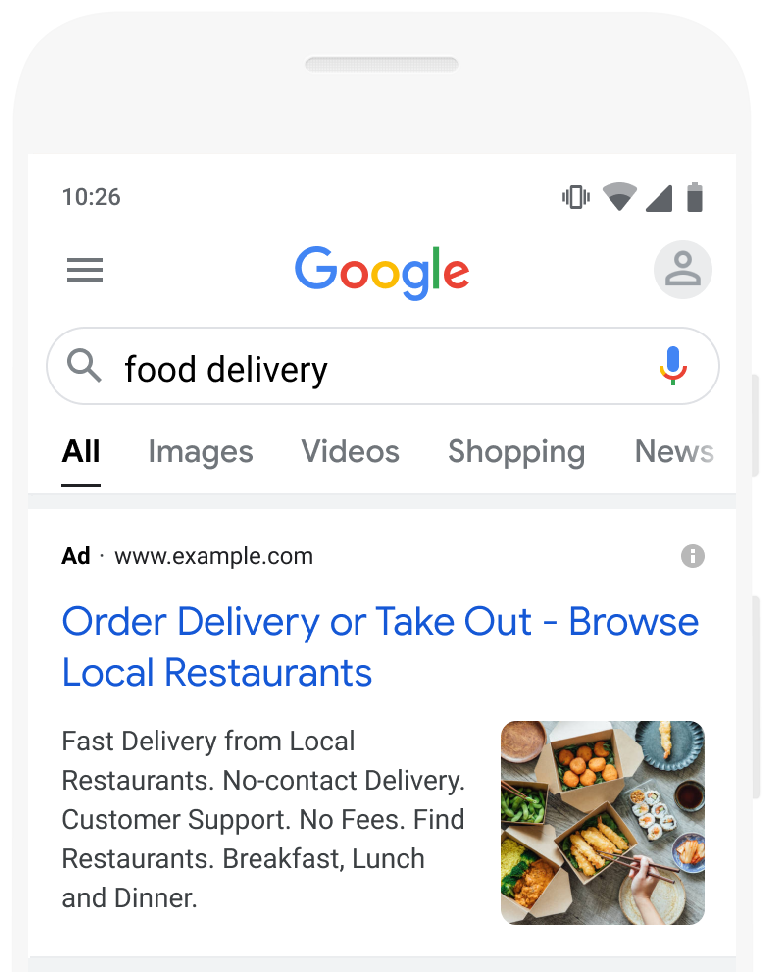
This is the most common type of PPC ads. Paid search ads are conducted on search engines like Google and Bing. These ads appear as sponsored at the top of search engine results pages (SERPs). When people type in a search query, they will see paid search ads at the top of the results, thereby providing more visibility to businesses.
Remarketing ads
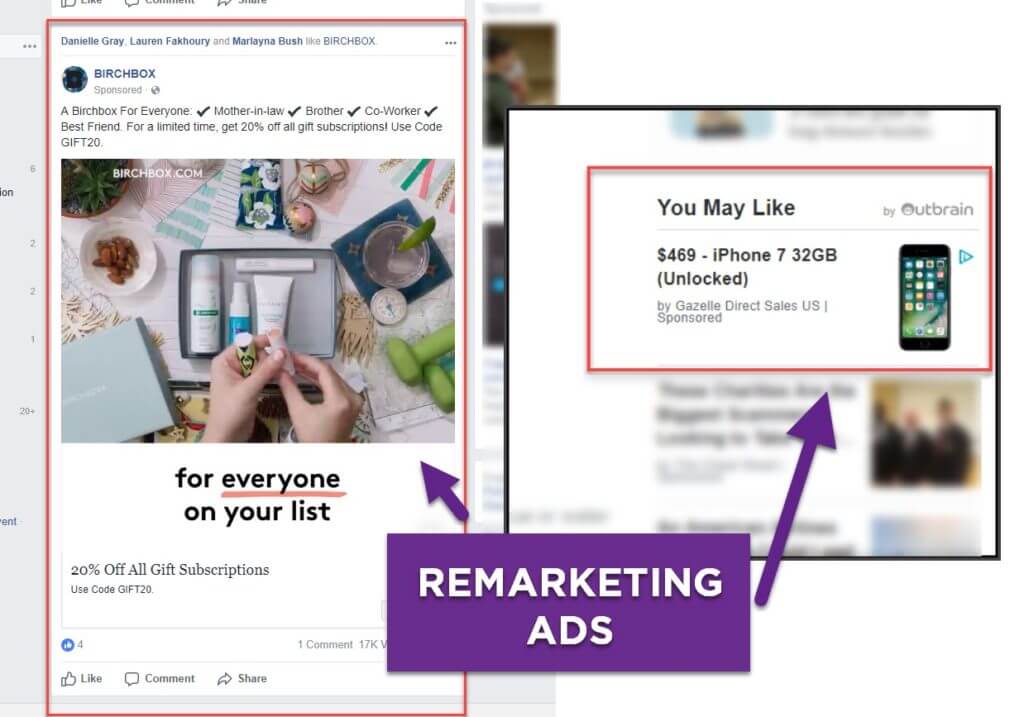
These ads are used to target people who had previously seen your campaign and did not take action. This could be users who abandoned their carts, people who visited your website but did not proceed to make a purchase, and so on. Remarketing ads target audiences that have previously encountered your business with the aim of converting them into paying customers.
Video ads
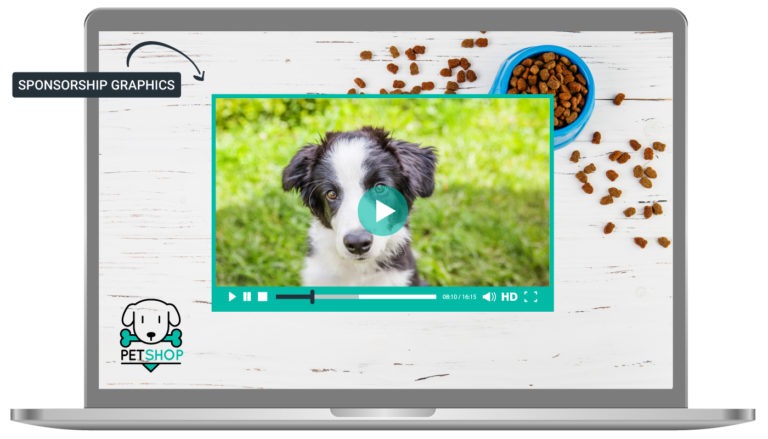
You can use paid video ads to reach more people. This PPC ad type will place your videos in front of people who have never heard about your business but who are interested in what you sell. Paid video ads can be promoted on YouTube and other platforms without the need of building an audience.
Paid social ads
Paid social advertising enables you to promote your business using social media. You can choose a platform that your audience uses such as Facebook or Instagram and promote your business there through PPC. Like paid video ads, you do not need to build an audience before running paid social ads. You can try a variety of ad formats on paid social and you can even create both an image and a video ad.
PPC Strategies
Creating a profitable PPC campaign requires some planning. You need to include the right things to ensure that your campaign is set up for success. You don’t want your prospects to encounter minor issues like getting redirected to the wrong landing page. While PPC can improve your brand visibility and deliver on your business goals, it doesn’t take much for your campaign to be totally flawed and unproductive.
To ensure that your PPC campaign is successful, you will need to implement the right strategies. Here are some steps you need to take for a more efficient campaign.
1. Optimize your website
Your PPC campaign will direct users to a landing page on your website. Before you run the campaign, ensure that the relevant pages are working properly and contain all the important information that you want your leads to engage with. Create a landing page that is related to the content of your ad. The landing page should provide them with more information and contain content that intrigues them enough to take your desired action.
2. Choose the right bidding strategy
During PPC advertising, you have to choose from several bidding strategies. You should consider your budget, your marketing goals, and your experience with PPC when selecting a bidding strategy. For example, you would have to choose between manual and automated bidding. If you have no experience with PPC, you would want to choose manual bidding, especially if you are working with a low budget. Manual bidding allows you to set a specified amount as your cost per bid. However, it does not allow you to optimize your bid.
Automated bidding, on the other hand, will reduce the amount of time you spend managing your ad. However, you would pay a little more for automated bids. Automated bidding has several strategies that you could choose from to increase conversions and drive traffic to your website. As a small business, you would need the help of professionals to choose the right bidding strategy for your business.
3. Set a budget
Determine the budget for your PPC campaign. The good thing with this is that it allows you to work with a limited budget as you can choose how much to spend on your ad. You can start small and move higher from there depending on the results you get from your ad spend.
4. Create your ad
By now, you have a landing page, a bidding strategy, appropriate keywords, and a budget. It is time to create your ad.
- You should ensure that your ad is captivating.
- Keep the content short and use attractive visuals that would get your potential customers to stop and take a look.
- You should decide what is your goal for creating the ad and align it with that goal. For example: what action do you want your prospect to take? Are you conducting a sale?
- Use your value proposition to make your prospect see why they should click on your ad.
5. Add a CTA
Include a call to action that tells users what to do next. Now that they’ve stopped to read your ad, what steps would you like them to take? Adding a CTA is what really brings home your offering and ensures your prospects do not scroll away. A highly common CTA is “Click here to contact us” which will redirect potential customers to fill out their information.

6. Conduct ad testing
Use A/B testing to track your ads’ performance. This will require you to create similar ads and run them at the same time. You can differentiate these ads through the copy, the CTA, the keywords, or even the landing page. Once they are both live, you can check how each ad performs to determine which has the most conversions and why. You can then choose the best ad and run it for longer. If you set multiple ad tests at the same time, you can keep adjusting these based on the results you get and how the ads are performing until you get the best ad for your campaign.
PPC Keywords
Using the right keywords is one of the techniques that will allow your ad to reach your target audience. If you choose the wrong keywords, the search engines will show your ads to the wrong people. Choosing the right keywords can determine the success of your campaign. After all, if you are targeting the wrong people, how will you get the right ones to visit your site and patronize your business?
Conducting keyword research can help you find the right keywords for your brand and there are tools to help you with that. You can also check out what your competitors are using to get an idea of which keywords relate to your brand.
Your campaign will appear in the search results based on the keywords you have chosen. There are different match types you can choose for your keywords. These match types control which variations of the keyword would trigger the ad to appear in the search queries. You can also set a maximum cost per click (CPC) for each keyword in an ad group.
Negative Keywords
Negative keywords are used to indicate to the search engine which keywords you do not want your ad to appear for. Negative keywords prevent the search engine from showing your ad to users for search queries that include the specified term. By using negative keywords, you can stop your ad from appearing in the search results for similar terms, irrelevant terms, or keywords that will not convert. You can prevent wasting your budget and acquired traffic while focusing only on what’s important.
PPC Analysis
After you set up your PPC campaign and have allowed it to run for some time, you can begin to analyze it. PPC analysis involves tracking your ad performance, measuring its success, and adjusting it according to the data you have collected. The main things you should look out for during a PPC analysis are click-through rate (CTR), audience, quality score, traffic, and budget. You want to know if you are acquiring the right traffic and the right audience, whether these people are engaging with your website, and whether you are getting the most out of your budget or using the right budget.
Google assigns a quality score to your ads and the keywords you are targeting based on their quality and relevance to your selected audience. During a PPC analysis, you should monitor the traffic you are driving to your website, check whether people are clicking on your ads and engaging with them and monitor your budget. You want to know how much of your budget you have spent and how much more you need in order to meet your campaign’s objective.
There are tools you can use during a PPC analysis including Ahrefs, SEMrush and Google Ads editor. Combined with your campaign dashboard in your ads manager, these tools will help you see what you are doing right.
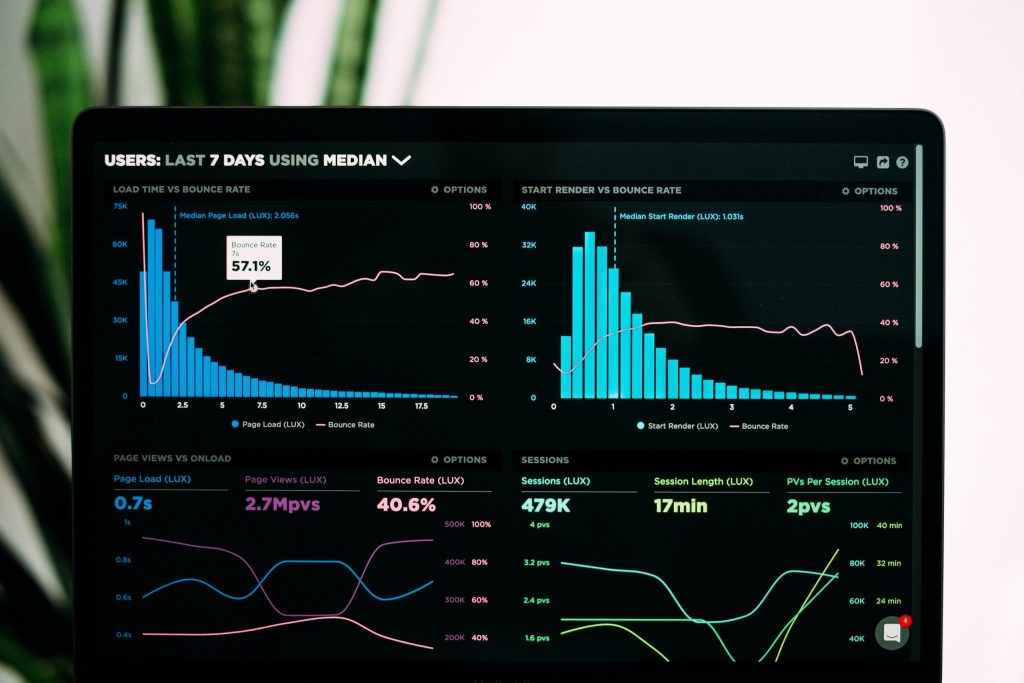
How to Analyze a PPC Campaign
To help you better analyze the data from your PPC campaign, consider connecting Google Analytics with your Google Ads Manager. As users click on your ad, you will be able to explore new audiences through the data you collect in Google Analytics. Similarly, you can import your campaign goals from Google Analytics to Google Ads. This will help you take advantage of the different attribution models that Google sets up for goals in Google Analytics. You will need to consult a professional ads manager to determine if this is the right course of action for your business.
Using tools like Ahrefs, you can conduct a competitor analysis and review things like the keywords your competitors are bidding on, their landing pages, and their ad copy. You should check for your competitors’ search volumes for each keyword, their search terms, and their budget. You can also check if anyone is bidding on your brand name. Double-check that your ad traffic is going to the appropriate landing page. You don’t want that traffic going to your homepage for example. You should also place social proof near the top of your landing page in order to convince prospects that your brand is right for them. While you should ideally follow these suggestions while setting up your PPC campaign, you also have to run through them during your analysis to ensure that you are doing the right thing and to make any needed adjustments.
PPC Examples
Many small businesses have achieved success using PPC. Here are some success stories.
How PPC led to the expansion of a New York-based grocery store

Butterfield Market and Catering is a family-owned grocery store in New York. It was founded in 1915 and is a small neighborhood business. In 2008, they revamped their website and began using Google AdWords. When they tracked their campaign performance for 2010, the business saw a 35 – 40% growth. They even employed 50 more people full-time to be able to handle all the new inflow of customers. They have now grown to offer bakery and catering services.
The copywriter who got his dream job with PPC

In 2009, senior copywriter Alec Brownstein decided he needed a new job. He then set up a PPC campaign targeting creative directors of five companies he wanted to work with. He figured that people like to search for their names on Google and these New York creative directors would too. He bided on their names on Google AdWords and linked the ad to his website. There was no one else bidding for these names so he spent 13 cents on the bid. He landed an interview with four of these creative directors and got hired by two of them. He did this at a total cost of just $6!
The Pennsylvania company that experienced massive growth using PPC
Quench, a Pennsylvania local business was founded in the mid-2000s to address the environmental impact of traditional water coolers and provide a green alternative. The company began to produce bottle-less water coolers and in 2009, they decided to promote their business using Google AdWords. They experienced a 100% growth margin in three years, a 75% increase in employees, expansion from 15 local markets to 35 US markets, and two-thirds of their sales traction now comes from online sales. Quench’s revenue also increased by 100%.
Small business PPC management
By now it should be abundantly clear just how important it is to set up a proper PPC campaign for a small business. We hope this guide can give you the tools to get started on the paid advertising journey and discover every possibility available to you right now to help your business solidify itself on the internet and become a solid and profitable business. It’s okay if your first few campaigns flop, with continuous analysis, tracking, and measurement, you can meet your campaign objectives. You also need to constantly reassess your budget so that you don’t spend so much on campaigns that are not working.
Now we are not going to lie to you, planning an adequate PPC campaign on your own can be challenging and time-consuming if you don’t have the necessary previous experience. This is why hiring a professional agency like Nomadic Advertising can help. We have a team of digital marketers who have vast experience in managing PPC campaigns for businesses of all sizes. Our team will help you optimize your PPC campaign for the right keywords and audience and monitor it closely to ensure it is driving the right traffic and delivering on your goals. Book a consultation with us to discuss your needs and implement a PPC campaign that’s tailored to your business. Book a consultation with us to receive your FREE 30-minute session on what type of strategy we could custom-make for you, how we can help you reach your goals, and put at your disposal every tool in our arsenal. Reach out to us to get started!
FAQs
1. How often should a small business post on Facebook?
Small businesses should post daily on Facebook if they are already positioned or two to five times per week on average if they are not.
2. Does PPC work for small businesses?
Yes, PPC works great for small businesses because it is an easy and straightforward way to kickstart your business online and drive sales with as little or as much budged as you want.
3. What does PPC stand for?
PPC stands for pay-per-click, it is a digital marketing concept where businesses place ads on search engines like Google or Bing and only pay for them when a visitor clicks on the ad, hence the name.
4. What is the minimum amount for PPC?
You can determine the amount you want to pay for PPC. We recommend starting with a budget of at least $1000 for better results.
5. Who clicks on ads?
The internet user who is searching for related products and services clicks on ads. Searchers click on ads that appear for their search queries on the search engine results page (SERP).
6. What is a PPC ad?
A PPC ad is a sponsored ad on search engines. It is a form of paid advertising that allows small businesses to pay only when someone clicks on their ad.

